All products featured are independently chosen by us. However, SoundGuys may receive a commission on orders placed through its retail links. See our ethics statement.
If you’re using AirPods, Spotify Lossless won’t save your Bluetooth commute
September 13, 2025
Spotify finally rolled out its Lossless audio feature. After four years of delays and vague promises, it’s here: 24-bit/44.1kHz FLAC audio streaming for anyone who wants a more detailed, higher-fidelity listening experience.
On paper, it sounds magical. But if you’re listening on a pair of AirPods or literally any other wireless Bluetooth earbuds, high-end or not, you simply won’t hear the difference. Lossless audio is only as good as the connection getting it to your ears. And Bluetooth? It’s still very much a bottleneck.
So, before you flip on HiFi mode and expect your playlists to suddenly transform your morning commute into a private Abbey Road listening session, let’s talk about what this update really offers, who can take advantage of it, and why it’s not designed for your morning train ride to work.
What you’re actually getting with Spotify Lossless
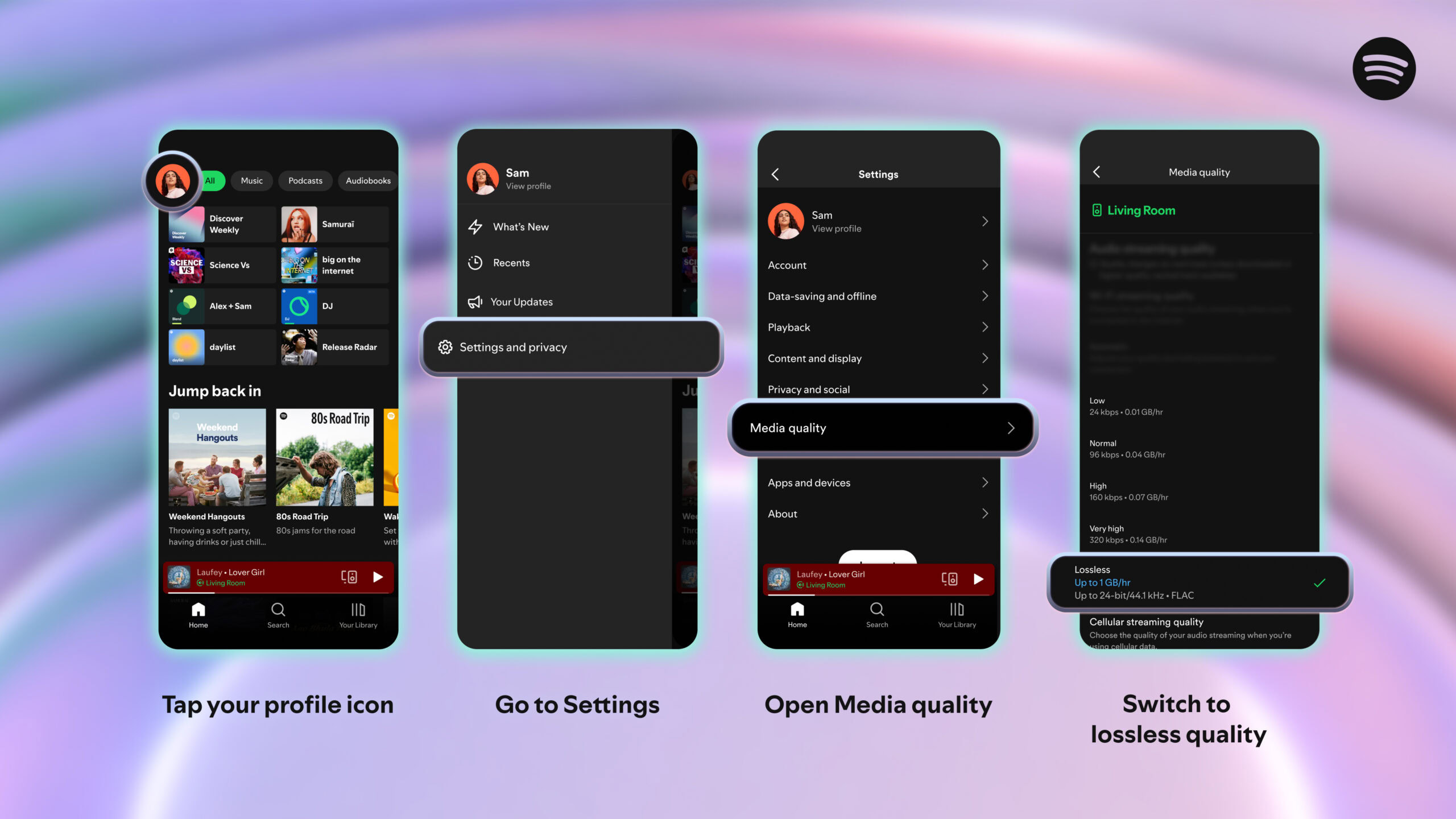
Spotify’s new Lossless mode streams your music in up to 24-bit, 44.1kHz FLAC. That’s full CD-quality audio with no lossy compression. Compared to Spotify’s existing “Very High” setting, this version preserves even more of the original recording and production details in each track. Vocals sound more detailed, instruments are easier to distinguish, and subtle textures like reverberated vocals or modulated guitar tones come through more easily.
Sounds ideal, doesn’t it? The truth is, this new feature only matters if your gear is actually capable of delivering that detail, and this is where your expensive wireless earbuds fall short.
Bluetooth still compresses everything
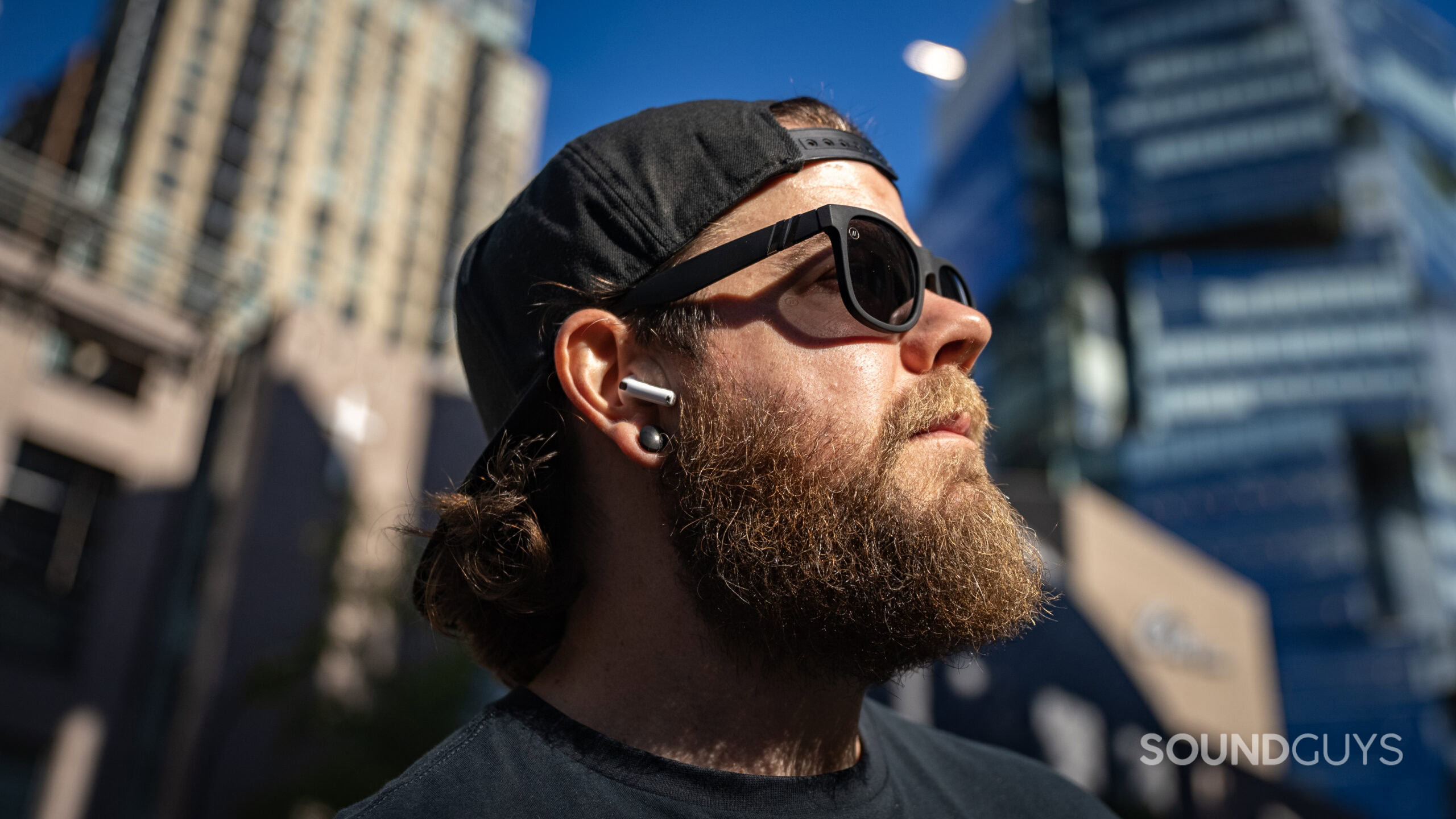
No matter how fancy your earbuds are or how much you paid for them, AirPods Pro, Sony’s WF-1000XM5s, Bose QC Ultras, whatever your flavor, none of them currently support lossless audio over Bluetooth. End of story. Even with codecs like LDAC or aptX Adaptive, Bluetooth doesn’t have the bandwidth for accurate CD-quality audio. At best, you are getting something that is close to lossless under perfect conditions, but at the end of the day, it’s still compressed.
So while Spotify might send a pristine lossless stream, your earbuds are compressing it again before it ever reaches your ears. That compression flattens dynamics and takes some of the life out of your music. Those are the exact things Spotify Lossless is supposed to fix.
What you need to hear Spotify Lossless
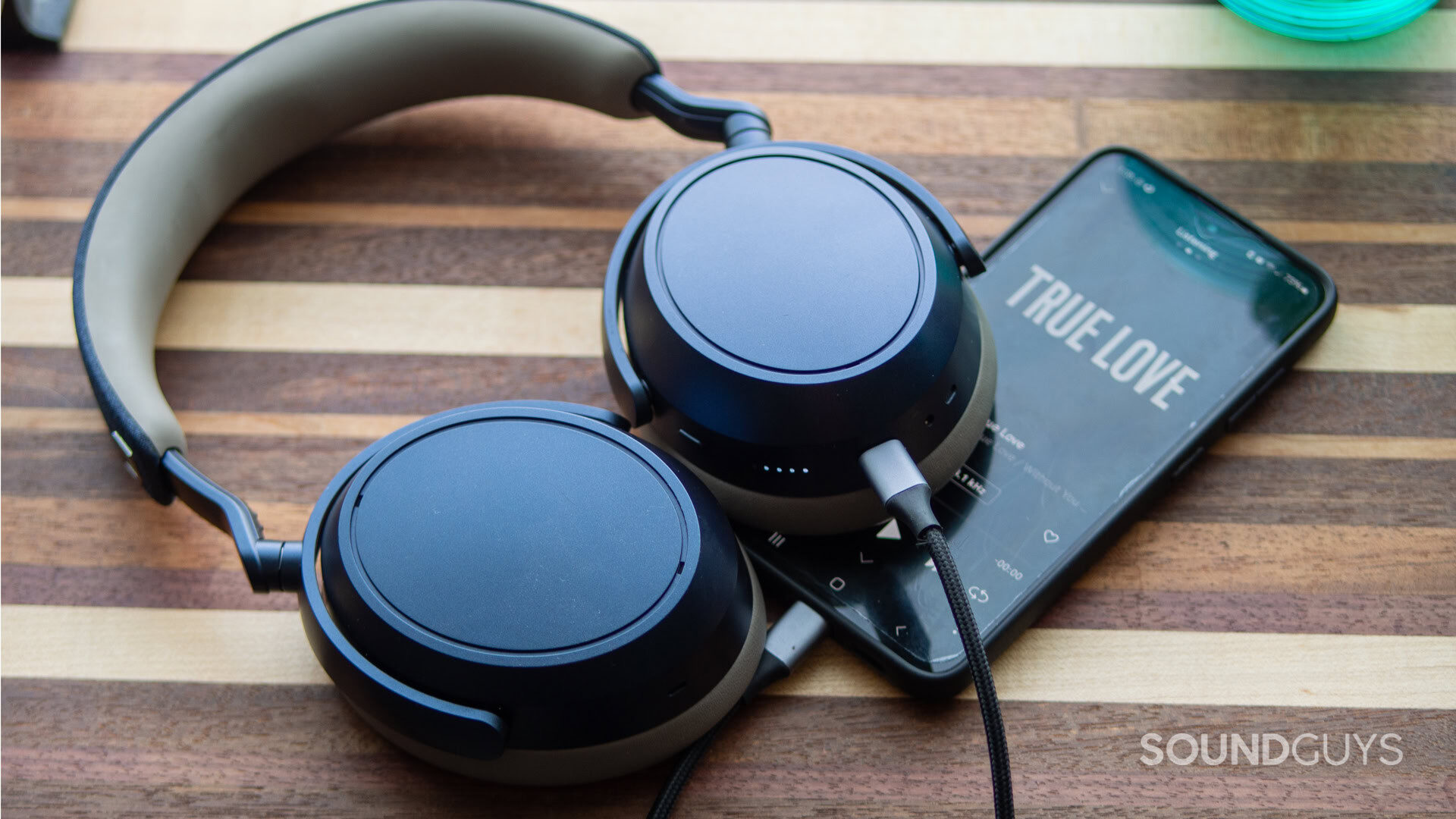
To actually hear Spotify Lossless, you need a setup that avoids Bluetooth entirely. That means keeping the audio signal digital until it reaches a proper digital-to-analog converter (DAC), which turns digital audio into the analog signal your headphones or speakers need.
Every phone and computer already has a built-in DAC, but those DACs are often limited. If your phone doesn’t have a headphone jack, you’re relying on a USB-C or Lightning adapter to handle the conversion, and those adapters usually contain very basic DAC chips. That’s why many people choose to upgrade to a desktop DAC, which gives you cleaner conversion, more power, and better support for a wide range of headphones.
Here’s what works:
-
Wired headphones and IEMs connected to a DAC: This could be an external USB DAC like the FiiO K11, or even an audio interface like a Focusrite Scarlett. If you’ve already got something like the Scarlett on your desk, you’re good to go—just plug in your wired headphones or IEMs and stream lossless from the desktop app.
-
Headphones that support audio over USB-C: Some headphones, like the Sennheiser Momentum 4 (when plugged in), Audeze Maxwell, or even the AirPods Max with the right cable, have their own DACs built in. In this case, your phone just passes the digital stream, and the headphones themselves do the digital-to-analog conversion.
For example, if you plug the Sennheiser Momentum 4 into an iPhone 16 over USB-C, you’re good to go and can enjoy Spotify Lossless. The Momentum 4 uses its built-in DAC, and the iPhone just sends the digital signal along. Adding an external DAC wouldn’t improve much, because the headphones are already handling that process internally.
This isn’t built for the subway
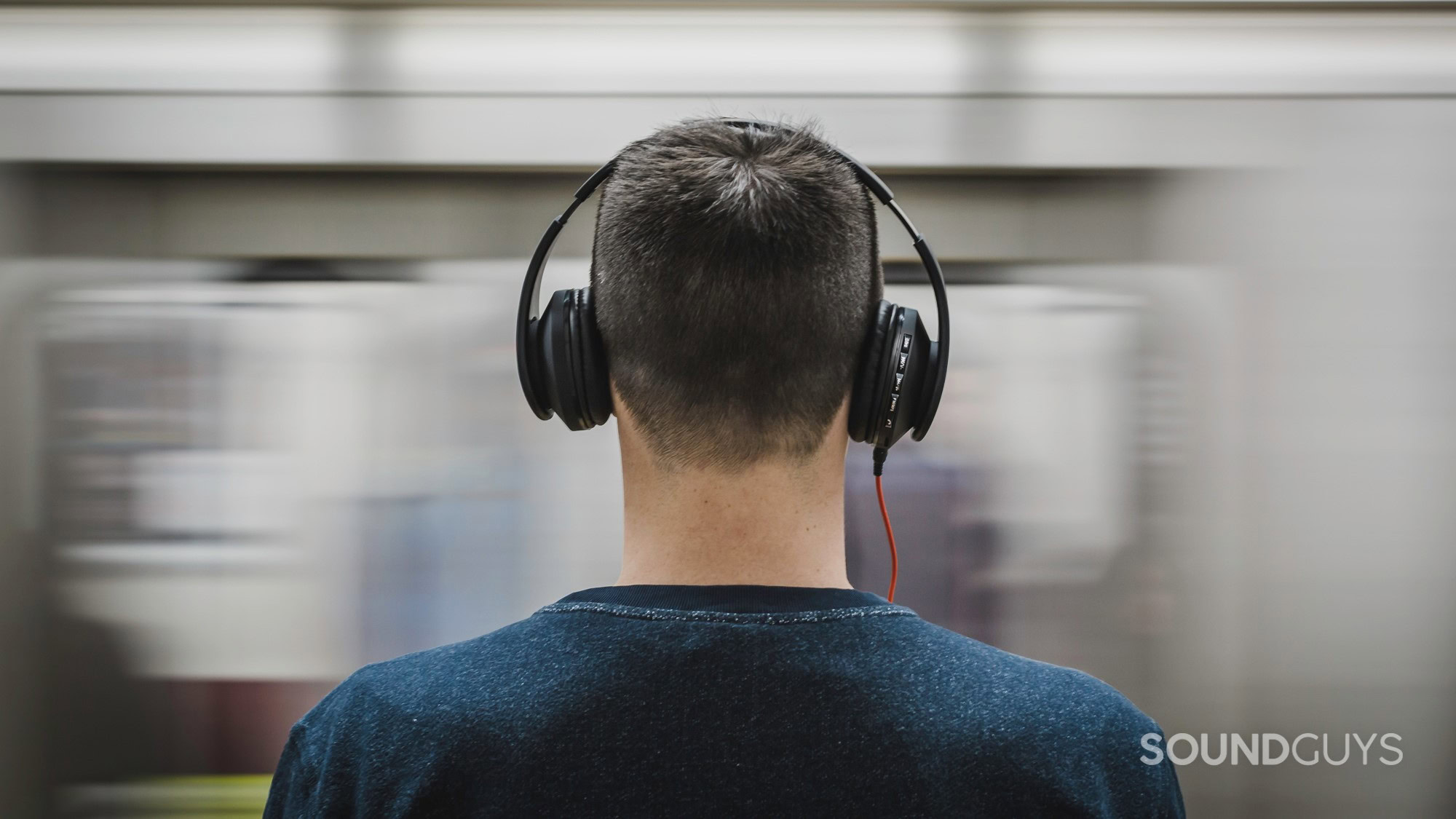
Even if you had the perfect mobile setup with lossless audio, streaming music while walking through a noisy street or riding the subway isn’t going to unlock some magical new dimension of sound. Your ears are already working overtime to compete with traffic, construction noise, screeching brakes, and the guy two seats down watching TikToks with no headphones. This is what commuter listening looks like. It’s chaotic, random, and loud. In this setting, fit is everything.
A proper fit, whether using earbuds or over-ear headphones, will do more for your sound quality than any streaming upgrade during your commute. A good seal improves passive isolation, which lets ANC do its job. When that’s working well, your ears can finally focus on the music.
Fit also determines whether your bass sounds tight, or lacking. If your earbuds are too loose, or your over-ears are leaking sound, maybe you’re wearing sunglasses or a beanie, no amount of FLAC files is going to save the experience. So, if you are trying to improve your commute, don’t start by chasing Spotify’s new Lossless feature. Start with better-fitting ear tips. That’s still the most impactful upgrade you can make.
Where Spotify Lossless does make sense
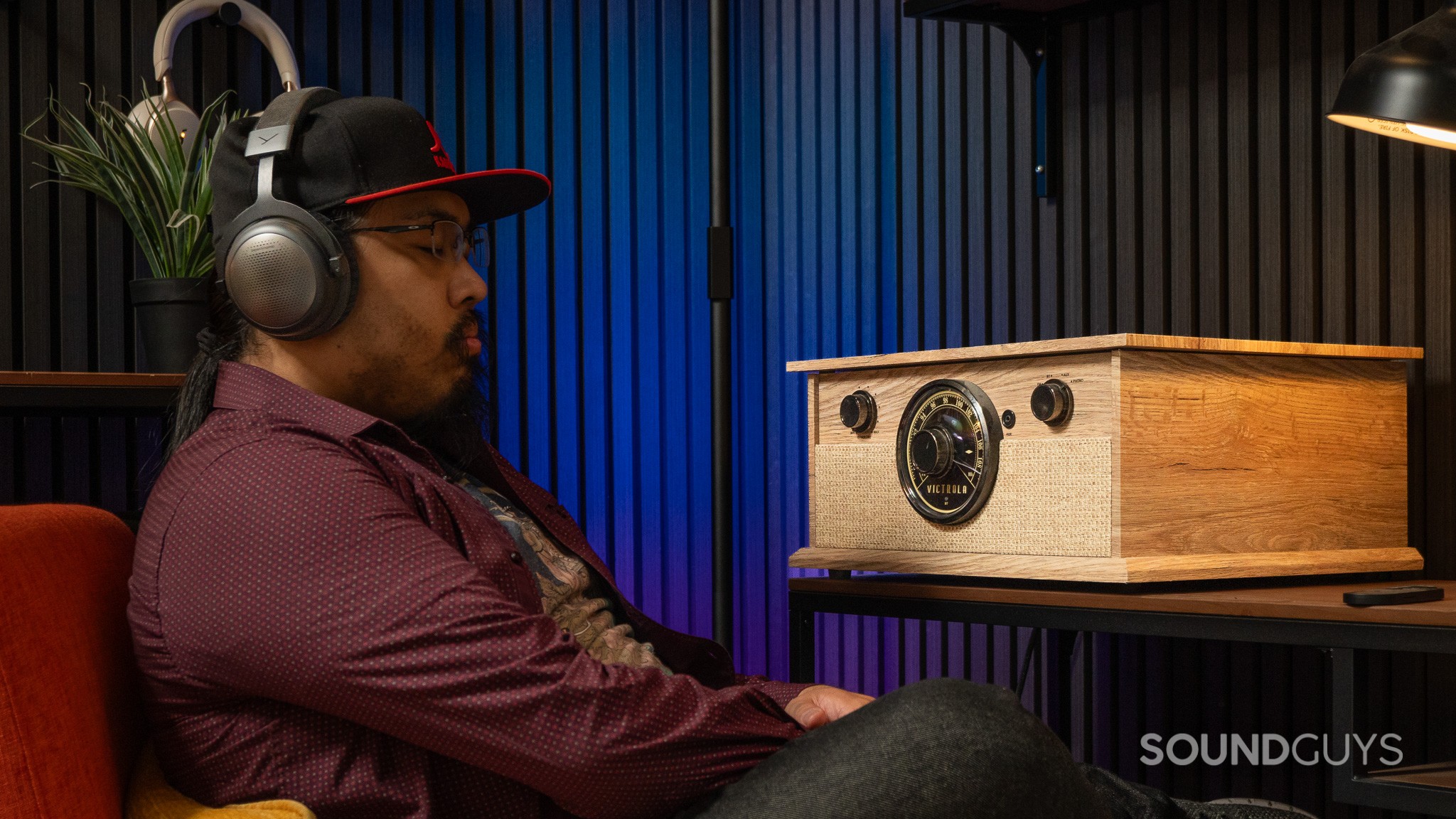
Spotify Lossless really shines when you’re in a quiet space with the time and gear to actually appreciate it. Maybe you’ve already got a pair of wired headphones and a good DAC. Maybe you’re listening through a proper home theater setup with a receiver and decent speakers. Either way, it’s that kind of setup—where you can sit down and really pay attention—that makes lossless streaming worth it.
This is for those moments when you’re not just throwing on a playlist in the background. It’s for when you’re queuing up a favorite album, start to finish, and giving it your full attention. That’s when you start to hear the little details. It’s not always a night-and-day difference, but if you love music, you’ll probably notice it.
If you’ve already got gear that can reveal that detail, there’s no reason not to flip on lossless. It costs nothing, and it gives you a cleaner window into the music you already love. Just don’t expect it to work miracles on a crowded subway or with AirPods in your ears. Lossless is for when you’re really listening.
The takeaway
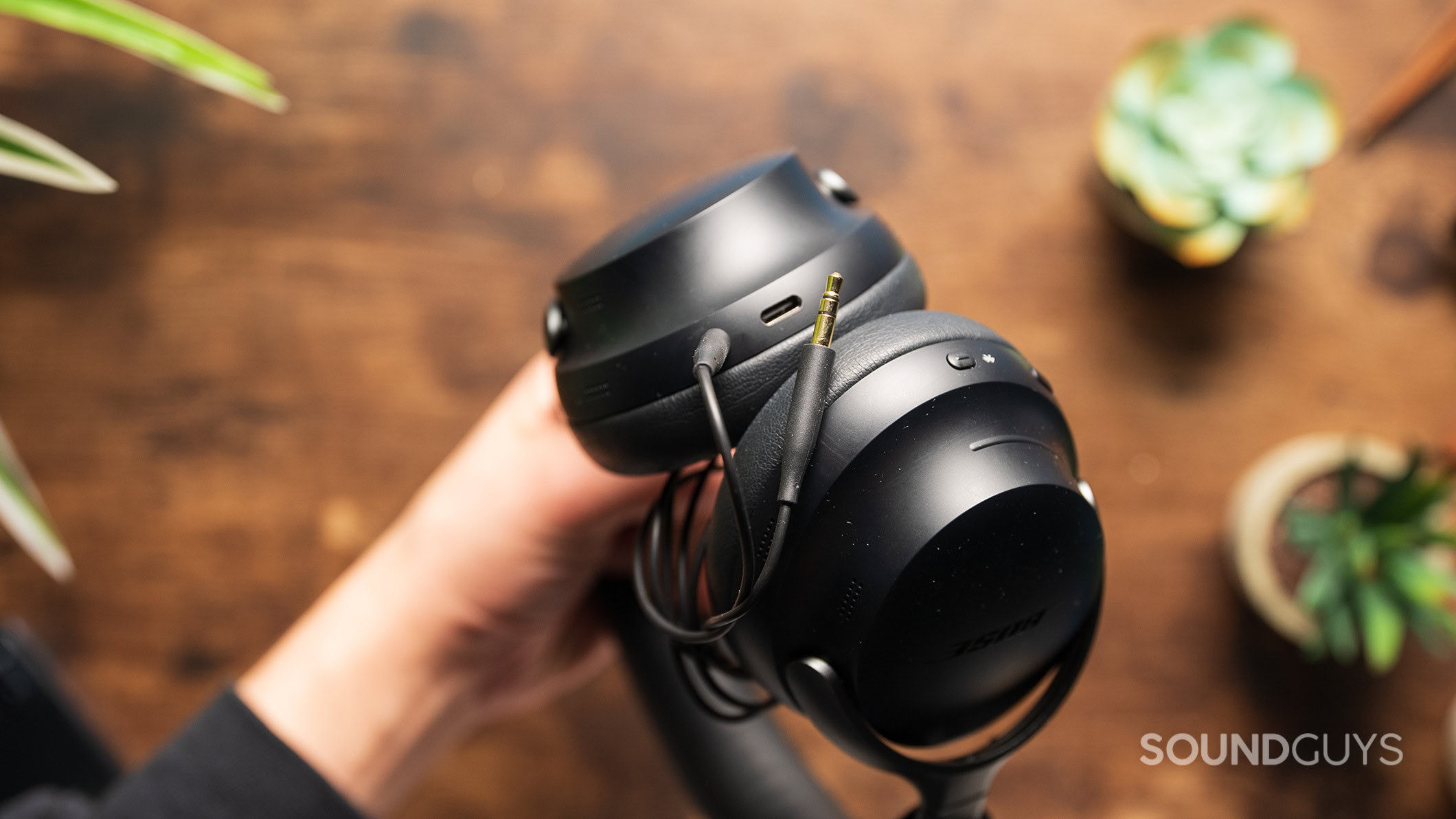
Spotify Lossless is finally here, but it’s not all sonic rainbows for everyone. For the millions of people streaming Bluetooth audio on the go, it’s irrelevant. Unless you’re wired, you’re still hearing a compressed version of your music. That’s not a problem, it’s just a limitation of the tech.
If you’re listening casually with ANC earbuds during your commute, stick to “Very High” and enjoy your playlist. If you’re listening critically at home with the right gear, such as a pair of wired headphones running through a desktop DAC or an audio interface, turn on Lossless and hear what you have been missing.
Ultimately, lossless audio isn’t for everyone, but for those who care, it is finally an option.
Will you use Spotify Lossless Audio?
Thank you for being part of our community. Read our Comment Policy before posting.